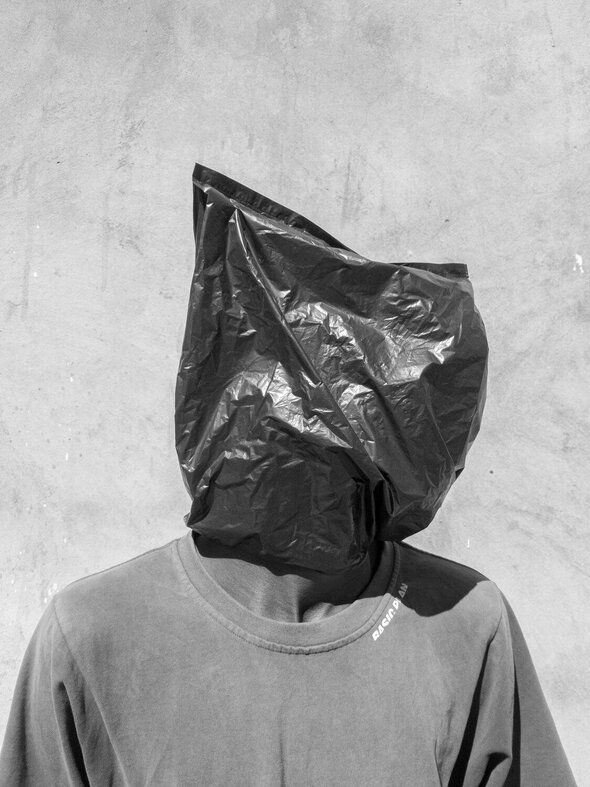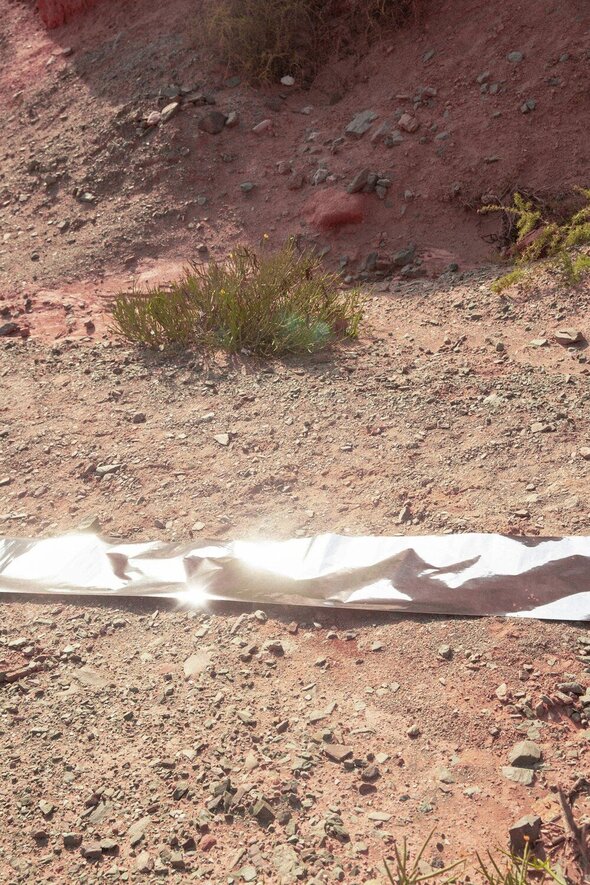The Evolution of Business
What is a business? You could write books with a philosophical approach to answering this question. But ultimately (to save us time) it's the organisation and exchange of some sort of economic production of goods or services.
Businesses have existed in some way for most of human history and they’ve arguably been pivotal to humanities progress. Fuelling innovation into the world that we live in today - for better and (yes) for worst. From the food on our table and the clothes on our back, to the cars we drive and the technology we use daily.
The Oversupply Problem
This ‘take, make waste’ system, paired with planned obsolescence (increasing consumption by manufacturing poor quality products); all underpinned by a race to the bottom approach to business, leads to a major oversupply problem.
Collective Fashion Justice suggests that a limit of 5 new garments per person annually would allow us to stay within planetary resource boundaries. With nearly 8 billion people on Earth, that’s a yearly volume of 40 billion garments (which is still a lot). The reality? We churn out a staggering 100 billion garments each year – that's a 60 billion garment overshoot! Primarily fuelled by fast fashion giants that mass produce ‘trend-led’ clothing at low prices and rapid turnover, the oversupply problem poses real threats to planetary and social wellbeing.
Every year, more than $500 billion in value is lost due to underutilised clothing and the lack of recycling. The Ellen MacArthur Foundation estimates that transitioning to a circular fashion system could unlock a $560 billion economic opportunity…

Beyond the Bottom Line: Maximising What We Have, Minimising What We Take
So far, scaling circular solutions for businesses has proven to be challenging. Brands often find themselves juggling multiple third-party platforms for various services, leading to complexity and high costs.
Our AI-powered platform consolidates vital tools and services for a circular economy, streamlining processes, cutting reliance on multiple vendors, and simplifying operations, ultimately reducing costs. Tailored solutions facilitate a smooth transition to sustainable practices, while detailed analytics enable brands to monitor progress and make data-driven decisions that advance their circularity goals.
AI Solutions in Context
Many modern businesses are driven by social causes in addition to traditional goals, like turning a profit. But as economic growth on a world with finite resources is unviable through a linear economy, how can we sustain thriving businesses by doing more with less, whilst also learning to maximise usage of the resources we have access to and can reuse? Some sectors within a circular economy are already beginning to thrive doing exactly this…
Rental
ByRotation, Hurr, Hirestreet, to name a few, are fashion rental platforms that have seen excellent uptake and growth in recent years. Since launching in 2019, ByRotation has amassed more than 330,000 users and currently lists more than 68,000 items. Clothing rental is forecast to see significant growth, reaching a value of 167 billion U.S. dollars by 2030. Previously, a garment might have been worn by a single person, financially benefiting the brand at only one point of sale. Now, with rental, garments are worn by multiple users, allowing brands (or even individuals) to repeatedly profit from the same garment whilst maximising it's usage. This also encourages the production and purchasing of higher-quality garments that are designed for longevity and suitable for rental.
Resale
According to forecasts, the economic value of fashion resale is set to grow to 476 billion U.S. dollars by 2030, making it by far the largest circular fashion business model. Platforms like eBay, Depop, and Vinted empower consumers to responsibly part with unworn and unwanted clothes by sending them to new homes. Brands are also embracing this trend. ReSelfridges, Farfetch Pre-Owned, and Urban Outfitters Urban Renewal show how resale programmes are becoming mainstream, spanning from luxury to high-street retail.
Decoupling Growth From Production
Can the tide really be turned on overproduction, and can brands grow a profit while making and using less?
More and more companies are adopting circular solutions to create new economic growth opportunities within their operations. These solutions are decoupled from the limitations and drawbacks of relying on constant production, virgin materials and outdated linear systems. Numerous sources highlight the advantages of this business model, showing that brands adopting these strategies are seeing positive economic growth, even while producing less. So it would seem, less is more - but don't just take our word for it)...
WANTED: Creative Waste Engineer!

Commercial opportunities through circularity don't just present themselves financially. It presents exciting new employment opportunities too. Globally, most jobs for the 300 million people along the fashion value chain, are geared to linear systems, but are failing to safeguard their livelihoods - literally (i.e. factory workers safety amidst bottom-line practices), and figuratively (i.e. justifying roles that oversee mass production).
Excitingly, in the UK between 2014 and 2019, almost 90,000 new jobs were created in the circular economy, taking the sector to almost 560,000 employees. The same WRAP report predicts this positive trajectory to continue, creating a further 550,000 jobs by 2030.
Potential job opportunities in the circular economy include: Creative Waste Engineer, Product and Packaging Designer, Circular Investment Specialist, Customer Service (beyond purchasing), Reverse Logistics Manager, Product Lifecycle Manager and more.

New Ventures in the Changing Face of Fashion
These sorts of ventures are already hitting the high-streets. Marks and Spencers recently announced a collaborative partnership with SOJO to provide their customers with clothing repair and alteration services. Founded in 2021 by Josephine Philips, SOJO is on a mission to make tailoring and repairs more accessible. Today, the small but growing team is made up of tailors, riders, developers and creatives working to accelerate change in the fashion industry.
Accessible clothing repairs are a vital cog in the circular economy engine, enabling consumers to use their clothes for as long as possible - as Fashion Revolution founder Orsola de Castro said "Loved clothes last"!
A Goldmine of Commercial Opportunities
The circular fashion economy presents a goldmine of commercial possibilities, but it requires a shift in thinking. By collaborating across the entire fashion lifecycle, from design and manufacturing to sales and customer service, businesses can discover new ways to make money using innovative ideas like rental services, resale platforms, and repair programs. At the same time, they can design products with circularity in mind, using materials and processes that make it easier to reuse or recycle them later. This approach will not only help the environment, but also future-proof businesses against a new wave of legislation cracking down on unsustainable practices.
This exciting transition moves us away from outdated, wasteful practices and embraces business models that align with the demands and values of today's consumers. Ready to unlock the economic potential of your brand with circularity? Book a demo call and learn more about how CircKit's tools can help you!



